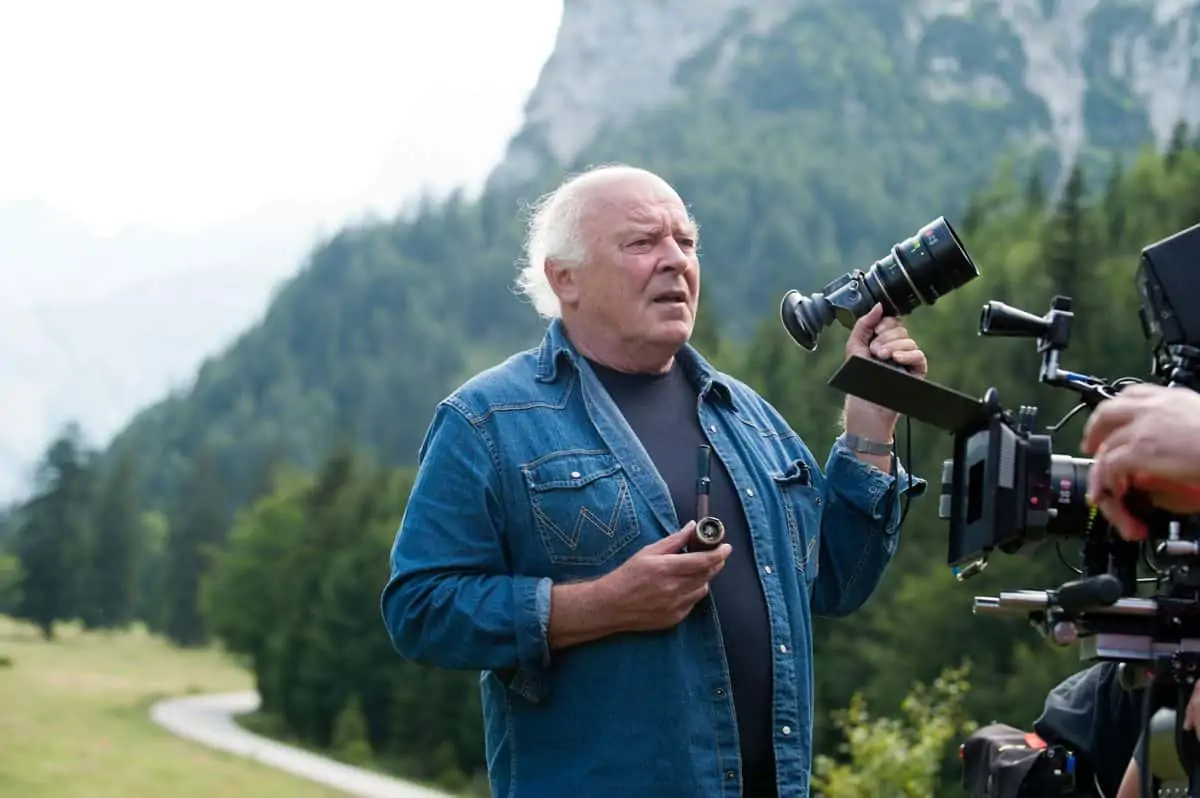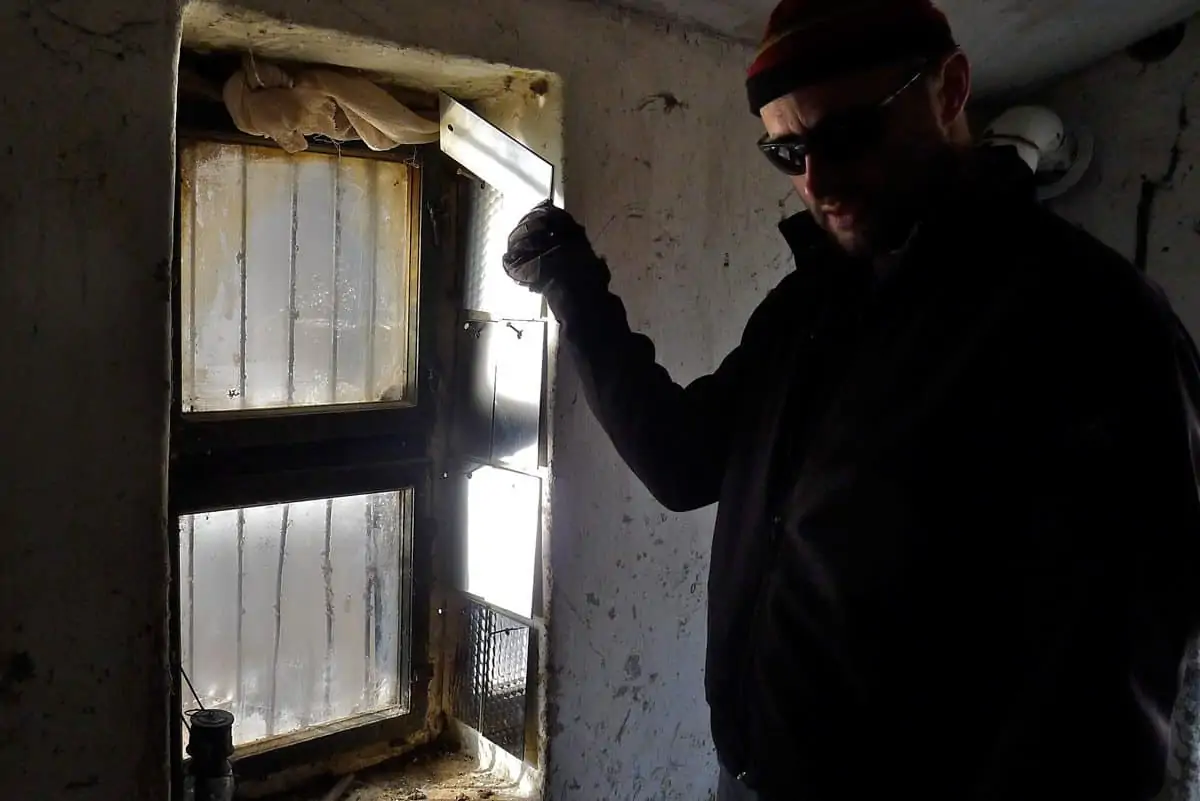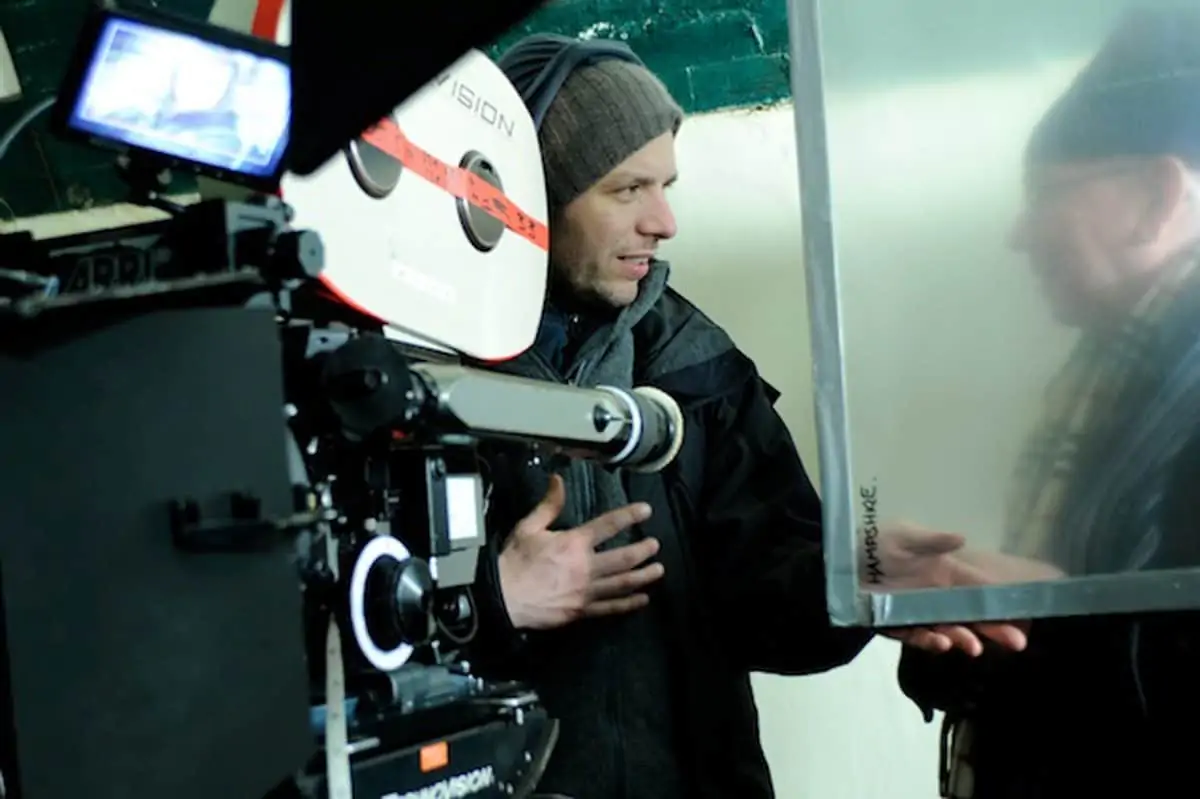Making Light Work
Christian Berger AAC / By The Sea
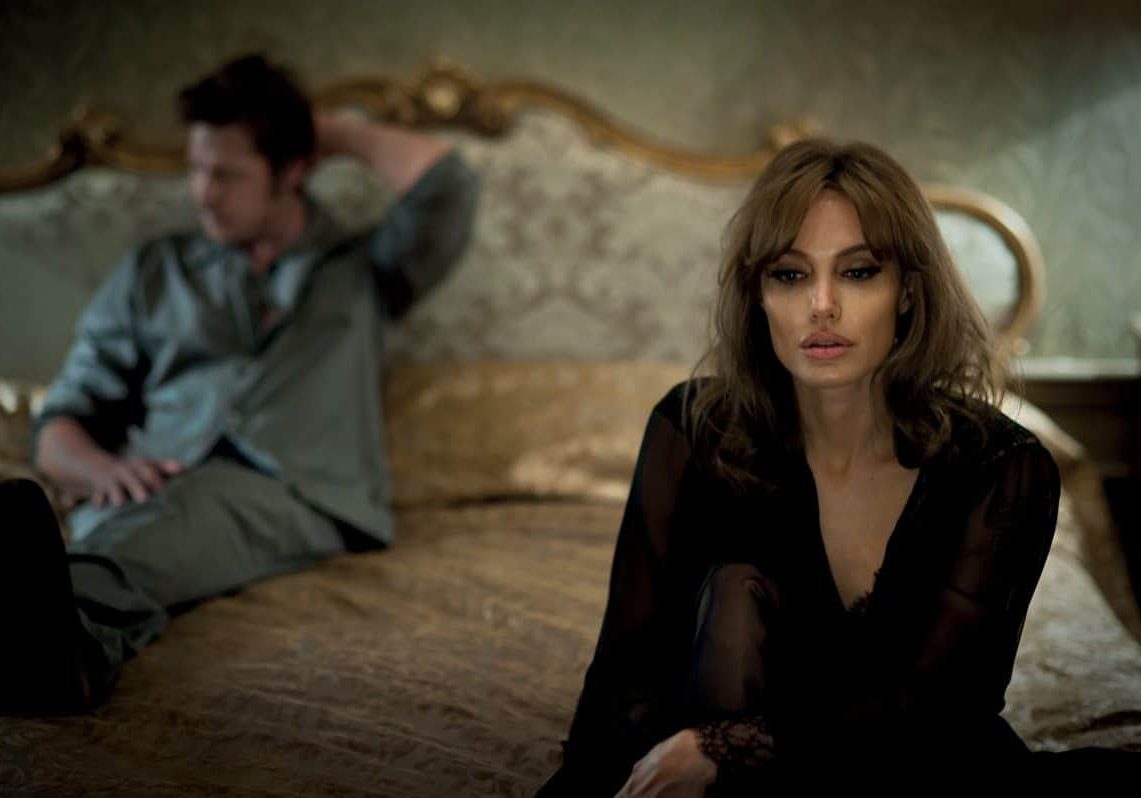
Making Light Work
Christian Berger AAC / By The Sea
BY: Adrian Pennington
Christian Berger AAC, the ASC Award-winner and Academy and BSC nominee for The White Ribbon (2009), is renowned for his use of natural light, although the acclaimed cinematographer wants to correct this slight misconception.
“I don’t use natural light,” he says. “I create a light which looks very natural because, for me, there is no light more beautiful and richer in atmospheres than natural light in all its variations. But it’s a nice compliment if people think there was no other lighting used. I think I do just the same as what all the famous painters did in the past. I observe very, very precisely the quality and the 'behaviour' of natural light and use it to realise my artistic visions.”
By The Sea will further cement the Austrian's reputation. This third directorial work from Angelina Pitt-Jolie, in which the actor stars alongside Brad Pitt, is inspired by European cinema and theatre of the 1960s and 1970s in both its style and treatment of themes of the human experience. Set in France during the mid-1970s, Vanessa, a former dancer, and her husband Roland, an American writer, travel the country together. They seem to be growing apart, but when they linger in one quiet, seaside town they begin to draw close to some of its more vibrant inhabitants, such as a local bar/café-keeper and a hotel owner.
Pitt-Jolie actively sought-out Berger for the movie because of his cinematographic philosophy.
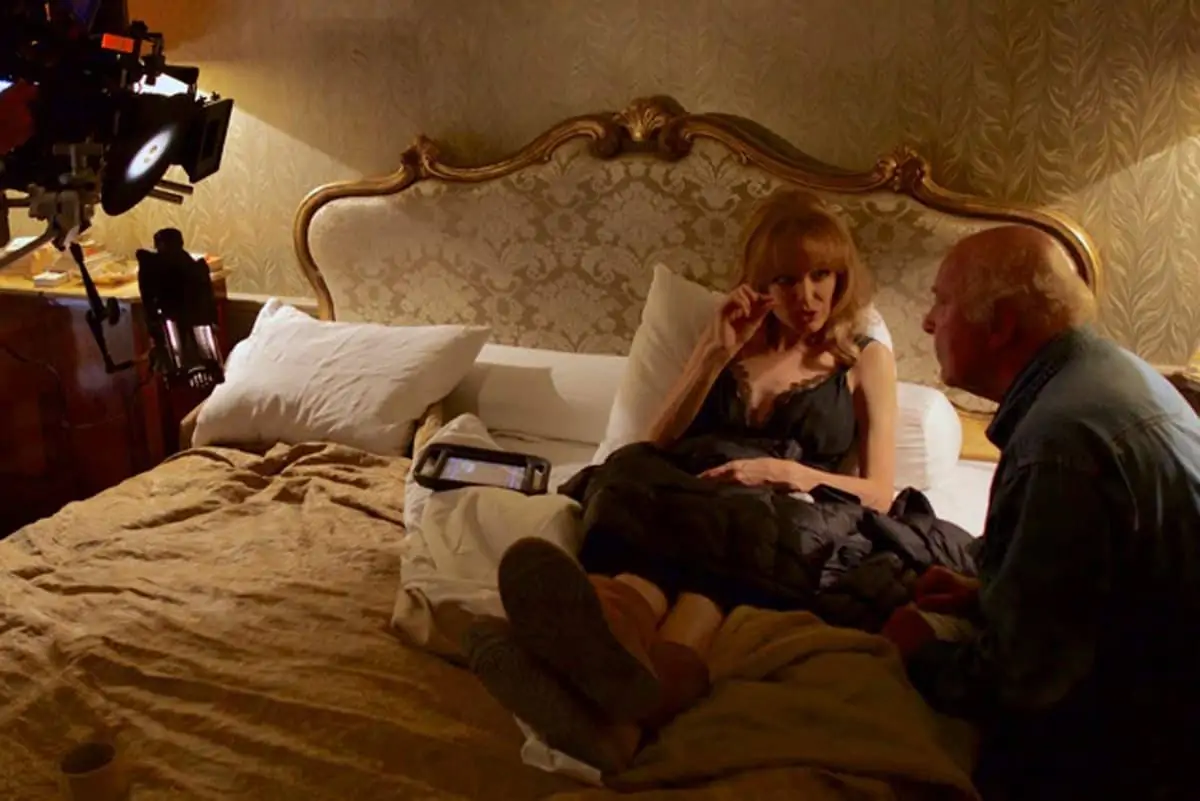
“When I asked them 'why me?', Brad said that they'd found an interview with me on YouTube (A River Of Light) in which I discuss my views on lighting for film,” says Berger. “It made them curious because I mention how important it is for me to have a different working method on-set – one which favours actors and gives directors more freedom by minimising technical restrictions.”
Berger's Cine Reflect Lighting System (CRLS), first employed on Michael Haneke's The Piano Teacher (2001), changes the working method by offering a set uncluttered with cables, stands or filters. Pitt-Jolie was attracted to the freedom this would give her to tell the intimate story of a married couple's fragmenting relationship.
Perhaps Berger's European heritage also inspired the director's intention to capture the spirit of the period in the south of France. “Reproducing the feel of that time was essential, which is how we came to reference the Nouvelle Vague and directors Jean-Luc Godard, Ingmar Bergman and Roberto Rossellini,” says Berger. “This was a general reference – not related to a specific film – but one intended to capture a mix of humour and melancholia or tristesse.”

"I create a light which looks very natural because, for me, there is no light more beautiful and richer in atmospheres than natural light."
- Christian Berger AAC
From first contact with the filmmakers in April 2014, Berger went to LA to discuss visual ideas and block scenes. Art director Tom Brown and Jon Hutman scouted locations in Greece, Croatia, Italy and Turkey before alighting on the Maltese island of Gozo. Principal photography began mid-August until November 2014 in an empty bay where production designer Jon Hutman had built a hotel and a café. This mix of studio and on-location conditions resulted in many challenging light situations.
“It was very important in the production design to be connected to nature so that from any window or balcony in the hotel or café you can see the sea and rocks,” Berger explains. “I loved the horizontal structure in the nature that surrounded us, like the sea horizon or the coast structure, which was one of the reasons for shooting in Cinemascope.”
It was not only hot in Malta, but most of the time the production had to work with quite harsh sunlight too. Gaffer Jakob Ballinger created a unique rig for the CRLS mounted on the 'hotel' roof that allowed Berger to quickly change and stabilise the required atmospheres from day-to-night and from night-to-day. The CRLS uses a 1200W HMI lamp with parallel light beams and very high output, calibrated as near as possible to the quality of daylight, and a set of high-tech CRLS reflectors to modulate and direct the light. The smaller units are typically 400W HMI or halogen Dedolights but adapted for the CRLS.
“Even on a rainy day, we could keep the 'sun' stable or could change very fast from early morning to late afternoon or to any desired atmosphere,” explains Berger. “And we could always maintain a free view of the sea or the rocky hills through the windows of the set. The most challenging situations were when we had to make night shots over the whole bay including the hotel and café.”

Other scenes included landscapes and scenes of a beach, one scene on a sailing boat, which required some dextrous work with a Russian Arm from a working boat.
For an artist with such a clear affinity with the treatment of light, Berger's choice of digital is intriguing. He says, though, that he is not ideologically aligned to any media.
“For me it's never fundamentally a question of grain or pixel. I am not swayed either way. My first experience with video (on Caché/ Hidden, 2005) was not a good one, but in the last three films working with ARRI Alexa it has been good. Angelina gave me the freedom to choose and I chose the Alexa XT Plus, rated at 800 ASA. A sensitivity which is more than enough for me and you can really use the 13-stops of dynamic range.”
Accompanying the Alexa, Berger selected ARRI/Zeiss Master Primes and a 45-250mm Fujinon Alura zoom.
“I really have to compliment not only my crew, but also the production crew I had on By The Sea because they were so good and efficient,” adds Berger, who credits camera operator, Gerald Helf; second camera and steadicam operator, Robert Stopfer; focus puller,

Dieter Knestel; and dolly/key grip, Emmanuel Aubry. Berger oversaw the grade at EFilm in LA with experienced colourist Mitch Paulson.
Jolie-Pitt, he says, didn't require a lot of coverage; most scenes were shot single with occasional two cameras. “Her direction on this movie was concentrated more on shots to vary the acting,” says Berger. Pitt has been quoted saying that he felt comfortable expressing the scenes this way because of a set unencumbered by distracting technical paraphernalia.
“Brad loved to make variations so he'd play a whole scene more aggressively, or more tenderly or with more or less distance,” says Berger. “It was great to see how they responded to the liberation of a free set. We probably shot enough that in the edit you could create two to three different films.”
Of the finished picture Berger says, “I always like to make any film better if I see it for the first time in the cinema, but my hope is that I could serve the style of the picture which the director wanted and at the same time keep my own signature.”
Of note: Jakob Ballinger has launched a website for directors of photography and gaffers to educate and involve them with the further development of the CRLS – www.thelightbridge.com.

